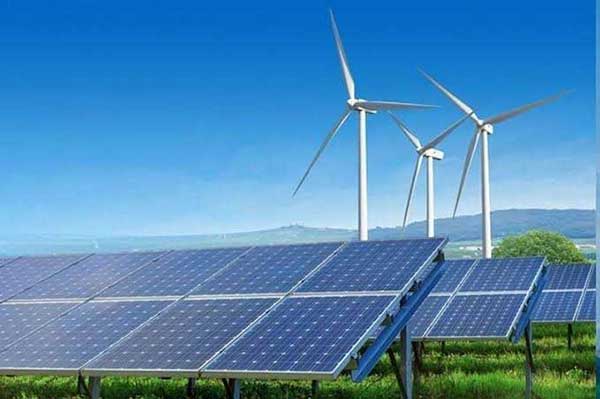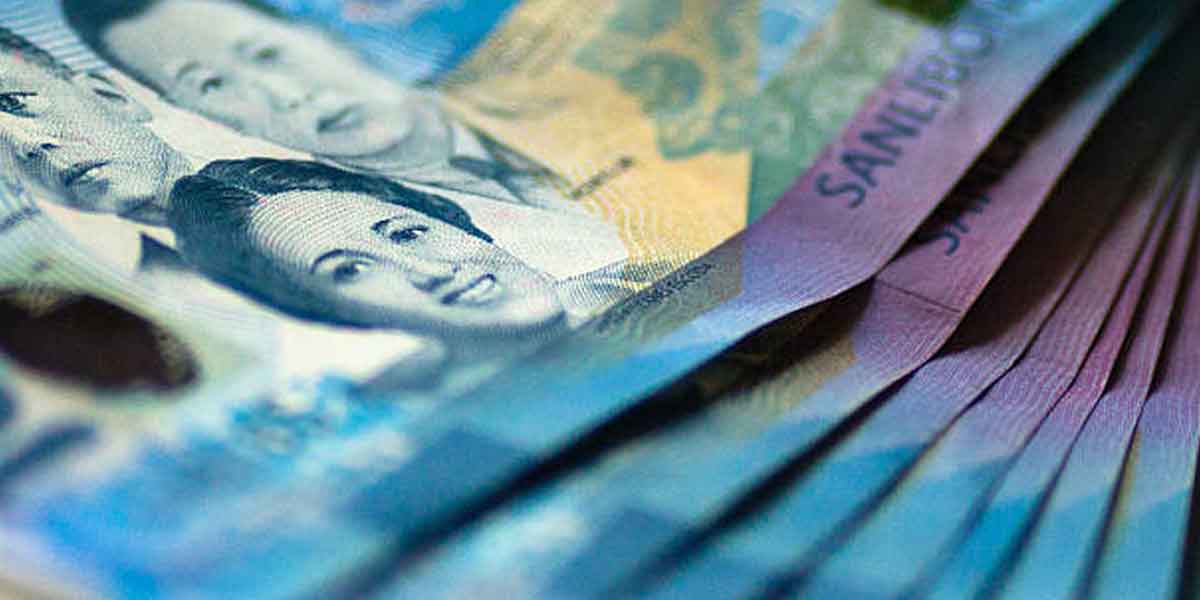
By Joseph Bernard A. Marzan
An official from the Department of Energy (DOE) announced on Friday, March 22, that the Visayas region is surpassing the rest of the country in achieving the national renewable energy (RE) targets.
DOE Undersecretary Rowena Cristina Guevarra, representing Secretary Raphael Perpetuo Lotilla, stressed the need for Western Visayas to maintain its lead in the RE sector during the Power Up Western Visayas Energy Forum in Iloilo City.
Guevarra had been in the region days prior to the forum, having visited a National Grid Corporation of the Philippines (NGCP) substation and solar and biomass power plants, respectively.
Guevarra highlighted the region’s substantial contribution to the nation’s RE output, with the Visayas producing 7,159 Gigawatt hours (GWh), which is 44 percent of the region’s total power generation, and boasting an installed RE capacity of 1,914 megawatts (MW), which is 48 percent of the regional total.
She pointed out the region’s advancement towards the national 2025 target for additional RE capacity at 2,780 MW, with the Visayas already contributing significantly to the country’s RE landscape through a diverse mix of geothermal, solar, biomass, wind, and hydro sources.
Within the RE spectrum, geothermal comprised plurality of the installed capacity (25 percent) and gross generation (35.83 percent).
In installed capacity, this is followed by solar (12 percent), biomass, (8 percent), wind (2 percent), and hydro (1 percent).
The ranking is similar when it comes to gross generation with solar (3.78 percent), biomass (3.19 percent), wind (1.09 percent), and hydro (0.24 percent).
Despite these achievements, Guevarra acknowledged ongoing challenges such as policy implementation delays, grid interconnection issues, and access to financing.
She emphasized the importance of addressing these issues to continue the growth of RE in the region.
Between 2024 and 2026, the DOE cites the target operationalization of up to 568.05 MW of RE in the Visayas grid.
This included all current known RE sources such as geothermal (13.645 MW), hydropower (24.2 MW), biomass (44 MW), solar (473 MW), and wind (13.200), based on their December 2023 list of private sector-initiated power projects.
They also expect up to 150 MW of energy storage systems via mega battery technology to be operational (120 MW in 2024 and 30 MW in 2025).
The DOE undersecretary also praised local initiatives in Western Visayas aiming for a 35 percent RE target by 2028 and underscored the necessity of battery storage technology to bolster energy stability.
“Sustainability, in our day and age, is defined as the amount of [RE], because we need to be self-sufficient. In fact, Western Visayas was the first [to prioritize RE]. [It] had the greatest [RE capacity] in the beginning. Now, other provinces are also accelerating in [RE] development,” Guevarra said.
“What we see in the long term for Western Visayas and for the province of Iloilo is that you need to develop some more RE. There was mention about 800 MW that is potentially available here, and we hope that when you do develop that, you would consider putting in batteries or an energy storage system, such that the variability of the solar would not influence too much your grid connection,” she added.
She also praised the local efforts in the region to have their own RE target of 35 percent by 2028, two years in advance of the DOE’s 2030 target.
“I think, Western Visayas, you’re on the right track. I heard that you’re targeting 35 percent by 2028, it’s good. I am very happy you are targeting that. We in the DOE, we will make sure that we would be able to help you achieve that target,” she said.
But she likewise stated that the current solar power sources in the region would not, and should not, be the end of RE solutions in the region without the storage systems, citing the unsustainability of the source as the weather may change unpredictably.
“[O]ur grid is still as fragile. If you introduce too much variable [RE] without the corresponding energy storage system, it would create havoc in our system,” she stated.
Western Visayas currently plays host to various renewable energy generation facilities including wind farms in Guimaras and Aklan, as well as solar power plants in Negros Occidental and small-scale hydropower and solar power facilities in Iloilo.




















